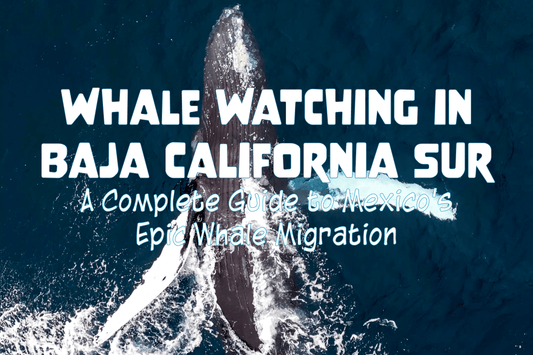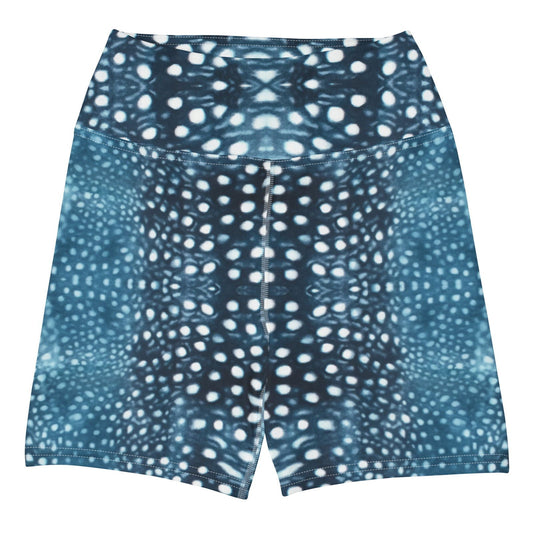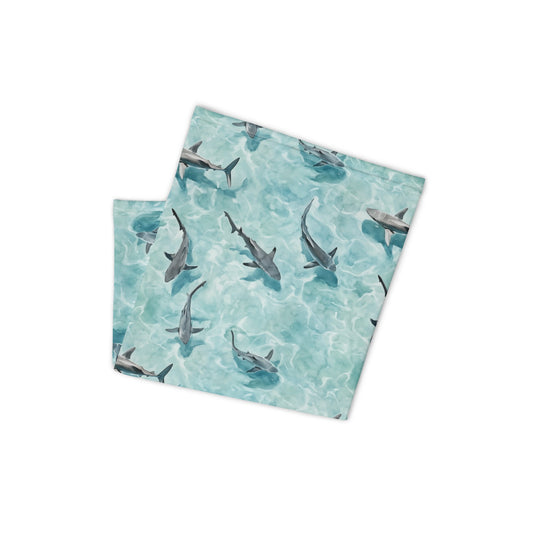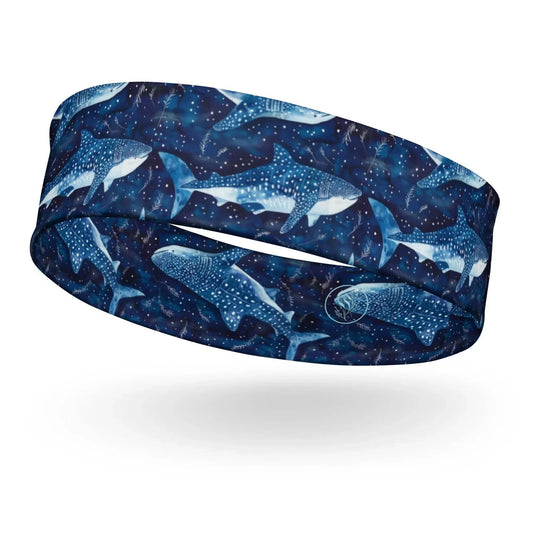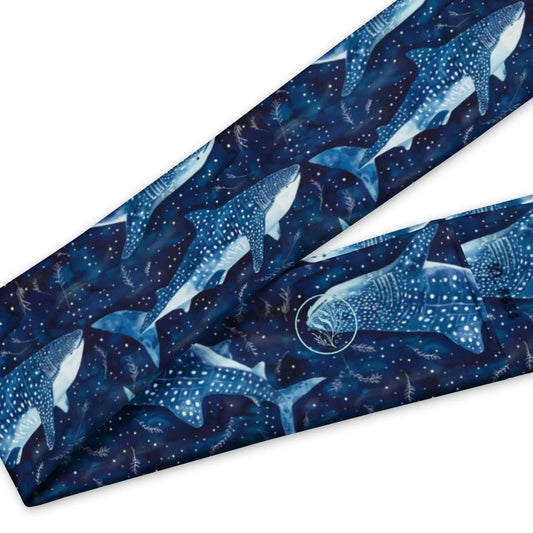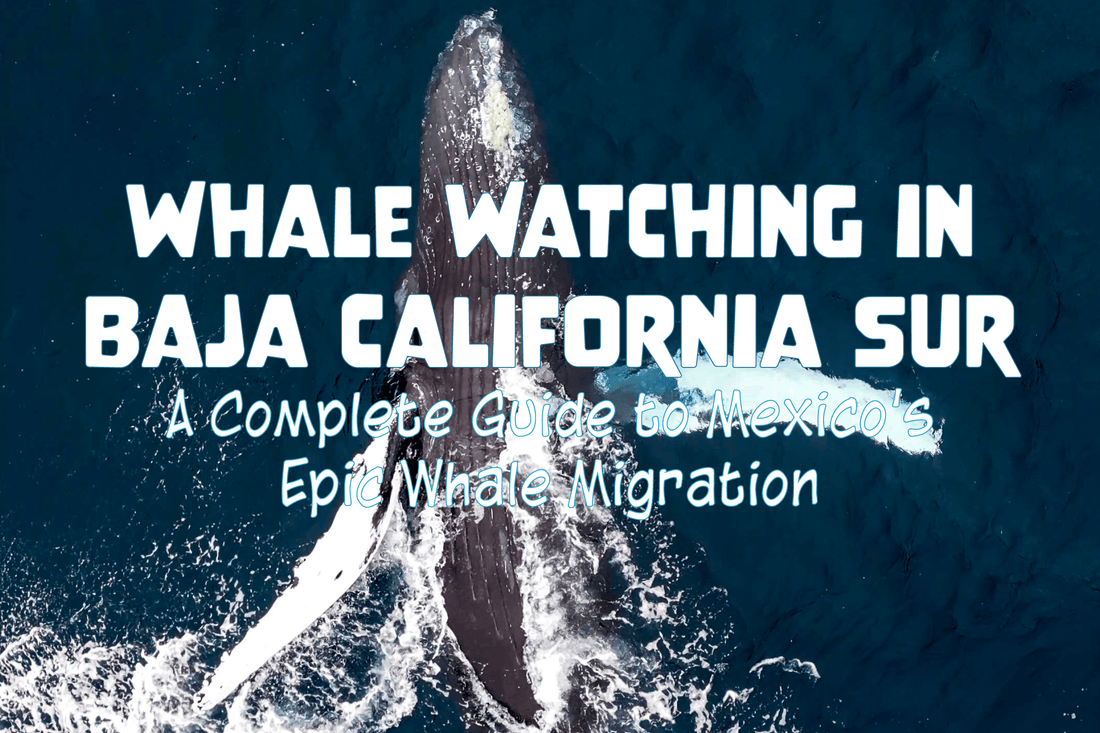
Whale Watching In Baja California Sur: A Complete Guide to Mexico's Epic Whale Migration
Angela ZancanaroShare
Every year, the Pacific Ocean becomes a super highway for some of the most extraordinary travelers on the planet WHALES. These massive marine mammals embark on one of the longest migrations of any animal on Earth, swimming thousands of miles from the cold, food-rich waters of Alaska to the warm, sheltered lagoons of Baja California Sur, Mexico.
Whether you're a marine life enthusiast, an eco-tourist planning your next adventure, or just someone who loves nature’s wonders, understanding this epic journey offers a new level of appreciation for the whales that visit Baja each winter.

🌊 Why Do Whales Migrate?
Whales migrate to meet two essential needs: feeding and reproduction. During the summer months, they feed in cold northern waters rich in plankton, krill, and small fish. But as winter approaches and the food supply diminishes, they head south to give birth and mate in warmer, calmer waters.
The warm lagoons of Baja offer protection from predators like orcas and provide a safe environment for newborn calves to build strength before heading back north.
🐋 Meet the Migrating Whales of Baja
While several species of whales can be spotted in Baja throughout the year, three key species make the full migration from Alaska:

1. Gray Whales (Eschrichtius robustus)
- Distance Traveled: Up to 14,000 miles round-trip
- From: Arctic waters of the Bering and Chukchi Seas
- To: Baja California Sur’s coastal lagoons
- When: December to April (peak viewing: January–March)
Gray whales are the stars of the show in Baja. These 40–50 foot long mammals make the longest known migration of any mammal. The most magical part? Gray whales are famously curious and often approach boats, making them a favorite for whale watchers.
They migrate down the coast of North America and arrive in Baja’s shallow lagoons to give birth and nurse their calves. These calm, warm waters are ideal for newborns who need to grow strong before facing the long journey north.

2. Humpback Whales (Megaptera novaeangliae)
- Distance Traveled: 5,000–8,000 miles round-trip
- From: Gulf of Alaska and British Columbia
- To: Southern Baja, Los Cabos, and Mainland Mexico
- When: November to April
Humpbacks are known for their dramatic breaches, tail slaps, and haunting underwater songs, which scientists believe play a role in mating behavior. These acrobatic whales migrate south to breed and calve, with many congregating around Los Cabos and the Sea of Cortez.
While they don’t travel quite as far as gray whales, humpbacks offer one of the most awe-inspiring displays — especially when you see a 40-ton whale leap out of the water!

3. Blue Whales (Balaenoptera musculus)
- Distance Traveled: 3,000–6,000 miles
- From: California and offshore Alaska
- To: Sea of Cortez
- When: February to May
The largest animal to ever live on Earth, blue whales are less frequently seen but are a breathtaking sight when they appear. Reaching lengths of 80–100 feet, they are typically found in deeper offshore waters rather than shallow lagoons.
In Baja, they are most often spotted around Loreto National Marine Park and the Midriff Islands in the Sea of Cortez, where they feed on massive swarms of krill.
📍 Where Do the Whales Go in Baja?
Here are some of the most popular spots in Baja to witness the migration:
- Laguna San Ignacio: A UNESCO Biosphere Reserve and one of the best places to see gray whales up close. Calves often approach pangas (small boats) under the guidance of their mothers.
- Magdalena Bay: A quiet, protected lagoon system great for gray whale watching with fewer crowds.
- Bahía de los Ángeles: One of the few places to see blue whales in the Sea of Cortez.
- Los Cabos and Cabo Pulmo: Best for spotting humpbacks, especially on sunset cruises and while snorkeling.
- Loreto and La Paz: Ideal locations to view both humpback and blue whales in the Sea of Cortez.
🗓️ When is the Best Time to See Whales in Baja?
- Gray Whales: December to April (January–March is peak calving season)
- Humpback Whales: Late November to early April
- Blue Whales: February to May
If you plan your trip right, you may even see multiple species during a single stay!
🧭 The Route: A Coastal Corridor
The whales follow a narrow migratory corridor that hugs the Pacific coastline from Alaska down to Mexico. Gray whales stay relatively close to shore during their journey, which means they can often be spotted from cliffs and beaches along the U.S. West Coast and Baja. Humpbacks and blues take slightly deeper offshore routes but still pass close enough to be seen on boat tours.
Their migration is guided not by landmarks but by magnetoreception, the ability to detect Earth’s magnetic field, along with water temperature, daylight, and inherited memory passed down through generations.
Seasonal Behavior at a Glance
| Region | Purpose | Behavior |
|---|---|---|
| Baja California | Breeding & birthing | Calving, mating, social bonding, resting |
| Alaska & Northern Pacific | Feeding & fattening | Nonstop foraging, building blubber, limited social interaction |
🌱 Conservation and Responsible Whale Watching
Baja’s lagoons are part of protected biosphere reserves, and local communities play a vital role in conservation through sustainable eco-tourism. By supporting responsible operators who follow strict whale-watching guidelines, visitors help ensure the whales are undisturbed and protected.
Here are some tips:
- Choose certified whale-watching tours with trained guides
- Keep noise and movement minimal on boats
- Maintain a respectful distance unless the whale approaches (especially mothers and calves)
Your visit supports local economies and encourages conservation efforts that protect these whales for future generations.

💙 A Journey Worth Witnessing
The whale migration to Baja is a powerful reminder of the interconnectedness of life on this planet. These whales journey thousands of miles through shifting ocean currents, across borders, and through generations to find safety and new life in Baja’s warm waters.
To witness this migration in person is to feel the pulse of the ocean and to be humbled by the strength, grace, and resilience of the giants who call it home.




